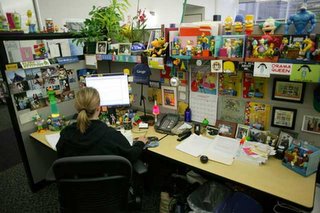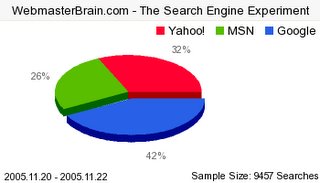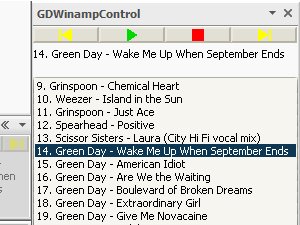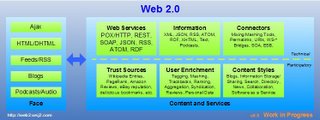It seems no one is safe: Google is doing Wi-Fi; Google is searching inside books; Google has a plan for ecommerce.
Of course, Google has always wanted to be more than a search engine. Even in the early days, its ultimate goal was extravagant: to organize the world's information. High-minded as that sounds, Google's ever-expanding agenda has put it on a collision course with nearly every company in the information technology industry: Amazon.com, Comcast, eBay, Yahoo!, even Microsoft.
VIDEO
Who's threatened: Comcast and other cable providers, Yahoo!, TV networks that still shun the Net
Reality check: Google Video is up and running. The question is, How much content can it attract - or pay for - to fill the database. Watch for a strategic acquisition, even something big. TiVo?
CLASSIFIEDS
Who's threatened: craigslist, eBay, Monster, Tribe.net
Reality check: This may be an extension of Froogle rather than a stand-alone product. But it could expand to everything from travel to eBay-like offerings.
TELECOM
Who's threatened: Comcast, SBC, Verizon, Vonage, what's left of AOL
Signs of panic: Surprisingly few so far, partially because Google says it has no plans to offer Wi-Fi beyond San Francisco. Still, Comcast coined the word Comcastic - is that its answer to Googlicious?
Reality check: Something's clearly afoot, and it could be big. With great power comes great regulation - so Google recently opened a DC lobbying shop to combat "centralized control by network operators."
OPERATING SYSTEMS
If anyone can fulfill the dream of turning the Internet into the operating system, it's Google. If the company chooses to develop an OS, the move will cement Google's other initiatives into a powerful whole.
Who's threatened: Apple, Microsoft
Reality check: The migration of applications from PCs to the Net is already happening - and it's key to Google's future. But the likelihood of a Google OS depends on what Microsoft accomplishes with its new OS, Vista.
PRINT
What if a search engine trolled not just every page on the Web, but every page in every book? Amazon.com tried it first, then Google said it would "make the full text of all the world's books searchable by anyone."
Who's threatened: Amazon, Microsoft, book publishers
Reality check: Making every book searchable sends a clear signal that Google has the brawn to organize the world's information. But a vicious backlash could drown out that message.
PRODUCTIVITY PROGRAMS
Google joined with Sun Microsystems in October to jointly promote and distribute apps like the Google Toolbar and Sun's free OpenOffice software. Wider distribution of the toolbar, Google's most potent Trojan horse, gives the search engine access to a world of desktops.
Who's threatened: Apple, Corel, Microsoft
Reality check: It may be a fiendishly clever way to attack one of Microsoft's highest-margin products, but this tactic can't be a top priority. Google Toolbar will thrive without Sun.
From:
Wired.com















